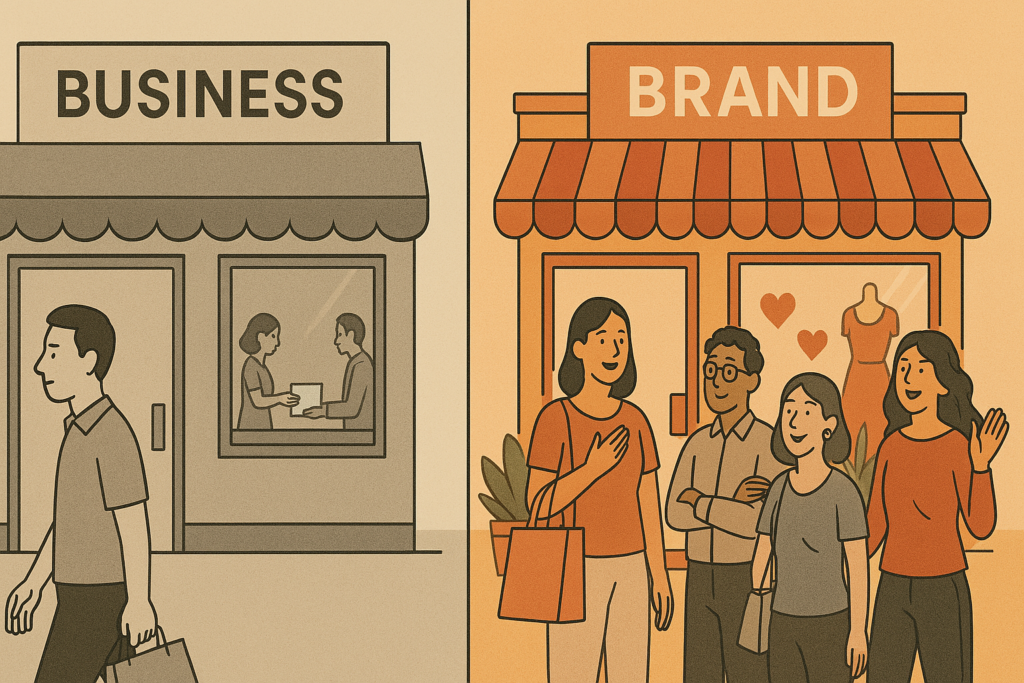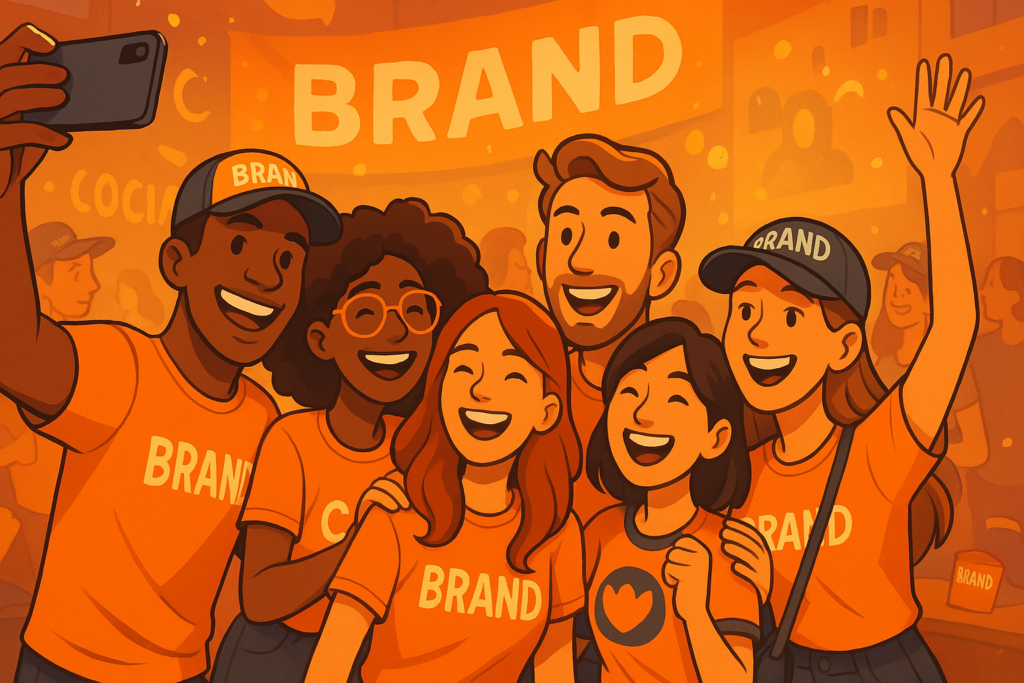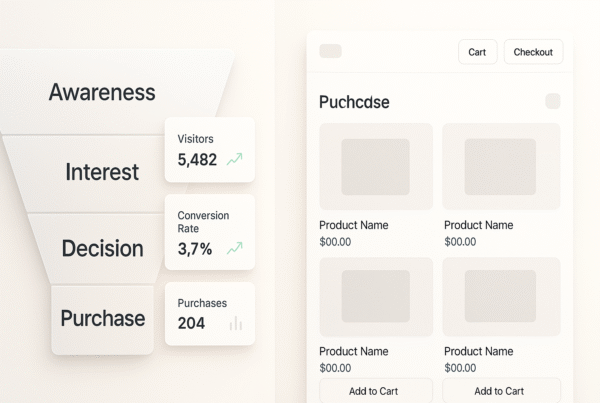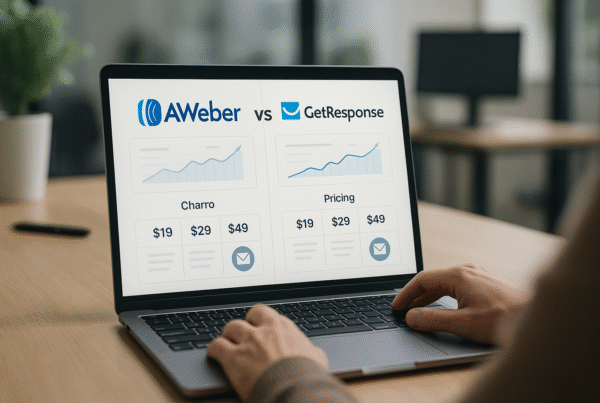Did you know that 77% of consumers buy from brands that share their values according to the Havas Group. That’s right, people don’t just buy products; they buy identities, beliefs, and emotions tied to a brand. Yet, most entrepreneurs focus on building a business, not a brand.
The difference? A business sells a product, but a brand creates an experience. A business competes on price, while a brand competes on loyalty. So, do you want to be just another company in the market or build a brand that customers return to repeatedly?
Let’s dive deep into how to make your venture stand out and why “brand vs business” is the distinction that will determine your success.
What Is a Brand vs. Business? Understanding the Difference

A business is simply an entity that sells products or services. You can start a business overnight, register a company, get some inventory, and launch a website. But building a brand is different. A brand is the identity, perception, and emotional connection people have with your business.
For example:
- Nike isn’t just about sneakers; it’s about athletic excellence and “Just Do It.”
- Apple doesn’t just sell technology; it sells innovation and a premium lifestyle.
- Starbucks doesn’t just serve coffee; it sells an experience, a “third place” between home and work.
Brands outlast businesses because they create something bigger than their products.
Why Most Businesses Fail and Brands Succeed
90% of startups fail within the first five years according to the Forbes. Why? They focus on selling rather than building a connection with customers.
1. Most businesses
- Have no clear mission
- Compete on price, not value
- Fail to create customer loyalty
2. But brands?
- Stand for something
- Build trust and community
- Create emotional connections
Brands that dominate today, like Tesla, Airbnb, and Amazon, have built identities, not just companies. They knew that customers buy stories, not just products.
Before You Build a Brand: Define Your USP

Before you can build your brand, you need a Unique Selling Proposition (USP). Your USP is what sets you apart from competitors.
Ask yourself:
- What problem does my brand solve?
- Why should customers choose me over competitors?
- How does my brand make people feel?
Domino’s Pizza doesn’t just deliver pizza; it delivers FAST. Their USP? “30 minutes or it’s free.”
Coca-Cola isn’t just about soda; it’s about happiness and nostalgia.
Find your USP, and you find your brand’s identity.
People Buy Emotion, Not Products
Harvard professor Gerald Zaltman found that 95% of purchase decisions are subconscious and emotional.
This is why:
- Apple users feel like innovators.
- Nike customers feel motivated.
- Disney fans feel nostalgic and happy.
If you want to build a brand, focus on emotions. What do you want your customers to feel when they think of you?
The Power of Storytelling in Branding
People remember stories 22x more than facts according to a study by the Stanford University. The best brands tell stories that create deep emotional bonds with customers.
Airbnb’s entire brand is built around “Belong Anywhere.” They don’t just sell stays, they sell experiences and connections.
Your brand needs a story. What’s yours?
Branding Starts With Visual Identity
Your logo, colors, and fonts all communicate your brand’s personality.
- Red = Passion (Coca-Cola, YouTube)
- Blue = Trust (Facebook, PayPal)
- Black = Luxury (Chanel, Apple)
Choose wisely. Your branding should reflect your mission.
How to Build Brand Trust: The Key to Loyalty
Studies by Edelman Trust Barometer show that 81% of consumers need to trust a brand before buying from it.
Ways to build trust:
- Provide excellent customer service
- Be transparent about your values
- Engage with your audience authentically
Why Building a Community Strengthens Your Brand

Big brands build tribes, not just customers.
- Harley-Davidson: Riders feel like a family.
- Tesla: Owners are part of a futuristic movement.
- Glossier: Customers feel like insiders in a beauty revolution.
A loyal community = lifelong customers. What tribe are you creating?
Social Media: Your Brand’s Digital Voice
According to Sprout Social, 90% of consumers buy from brands they follow on social media.
Use platforms like Instagram, TikTok, and LinkedIn to:
- Show your brand’s personality
- Engage with customers
- Share stories and behind-the-scenes content
Personal Branding: Why Founders Matter
Elon Musk IS Tesla. Jeff Bezos WAS Amazon. People connect with faces more than logos.
Your brand should have a human touch, show behind-the-scenes work, founder stories, and personal values.
Consistency: The Key to a Strong Brand
Your brand should be consistent across all touchpoints.
Ask yourself:
- Is my messaging the same on my website and social media?
- Do my visuals match my mission?
- Am I delivering the same experience every time?
A brand that confuses = a brand that loses.
The ROI of Branding: Why It’s Worth the Investment

- Strong brands generate 23% more revenue than competitors. (Forbes)
- Companies with consistent branding see 33% more revenue growth. (Lucidpress)
Branding is not a cost, it’s an investment in customer loyalty and higher profits.
Final Thoughts: Stop Competing, Start Branding
Brands outlive businesses. If you want long-term success, you must build a brand, not just a company. A well-built brand creates loyalty, trust, and emotional connections that go beyond just selling a product.
Your next step? Define your brand’s USP, craft a compelling story, create a strong visual identity, and engage your audience consistently.
Your brand is your most valuable asset. Start investing in it today and build something that lasts!





